Michael Fried.
Art and Objecthood
A seminal theoretical collection of the late twentieth century that explores the boundaries between art, object, and viewer.
This collection brings together Michael Fried’s critical writings on the dilemmas of late modernist art, comprising both concise reviews and extended essays written between 1962 and 1977. Through the work of artists such as Jackson Pollock, Anthony Caro, Jules Olitski, Frank Stella, and many others, the author reflects on the nature of Abstract Expressionism, the status of figuration, the challenges of form, and the relationship between artwork and viewer. His writings offer a rigorous critique of the radicalism of abstraction and the “theatricality” of minimalist art.

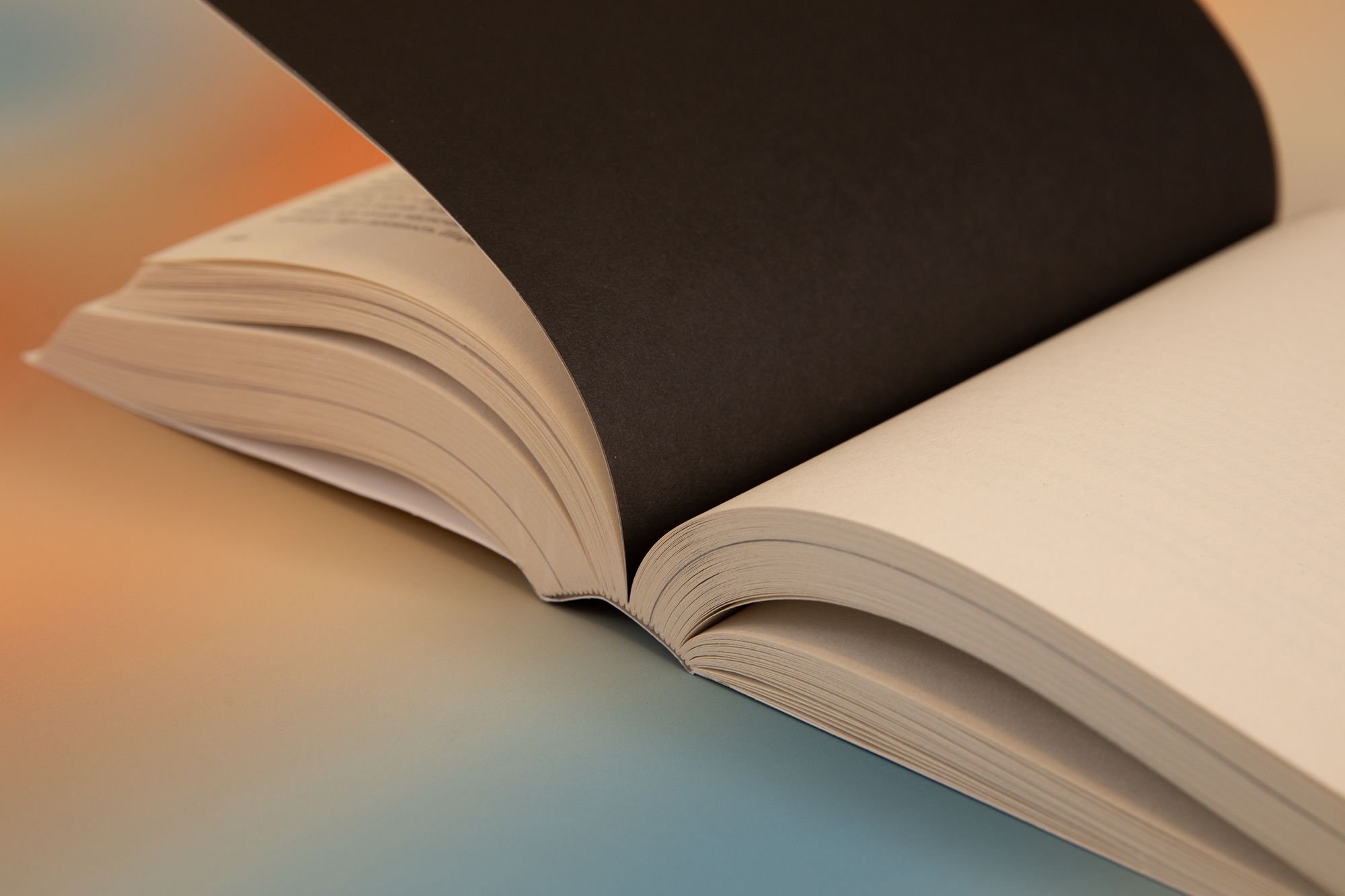
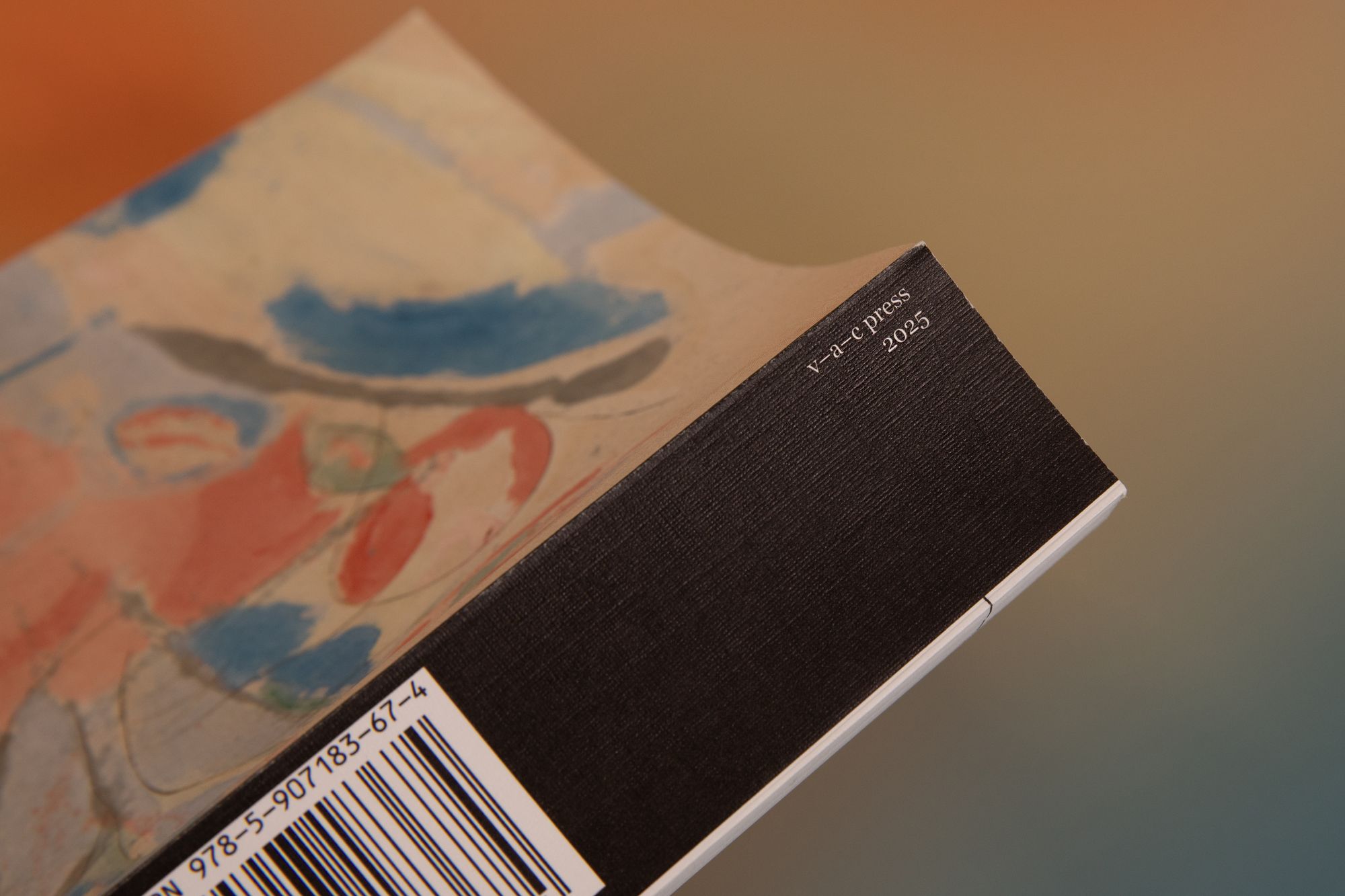
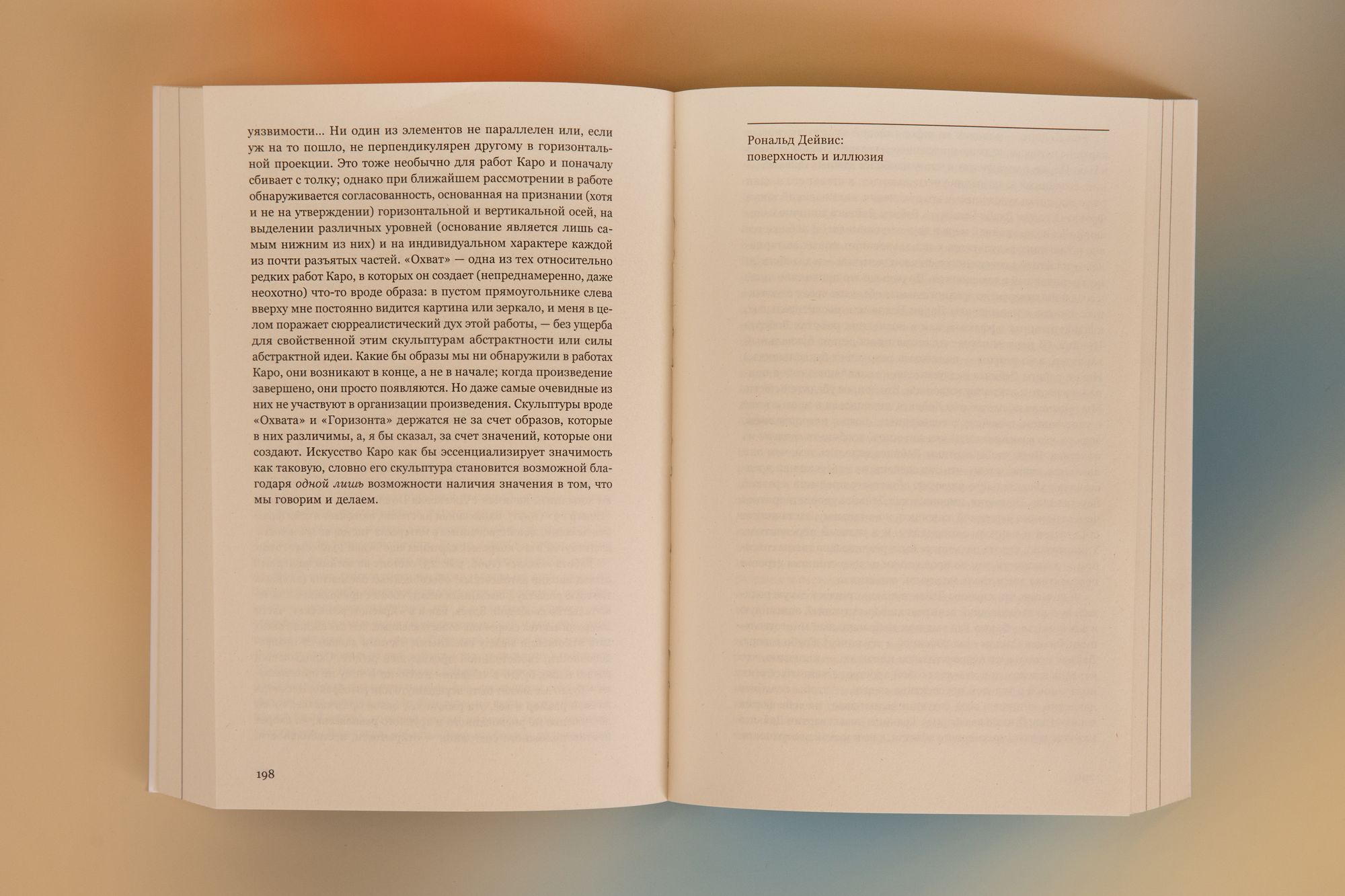
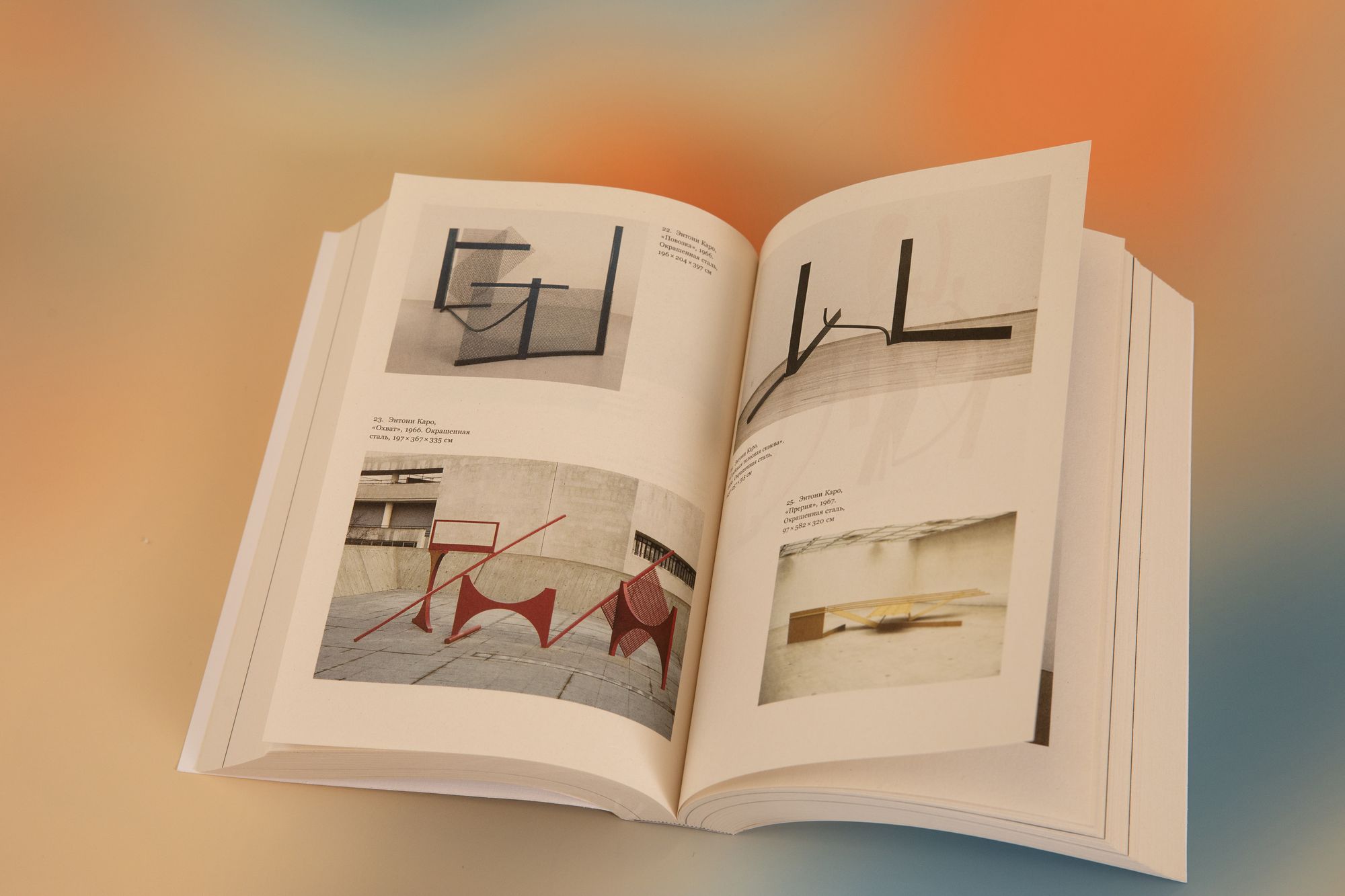
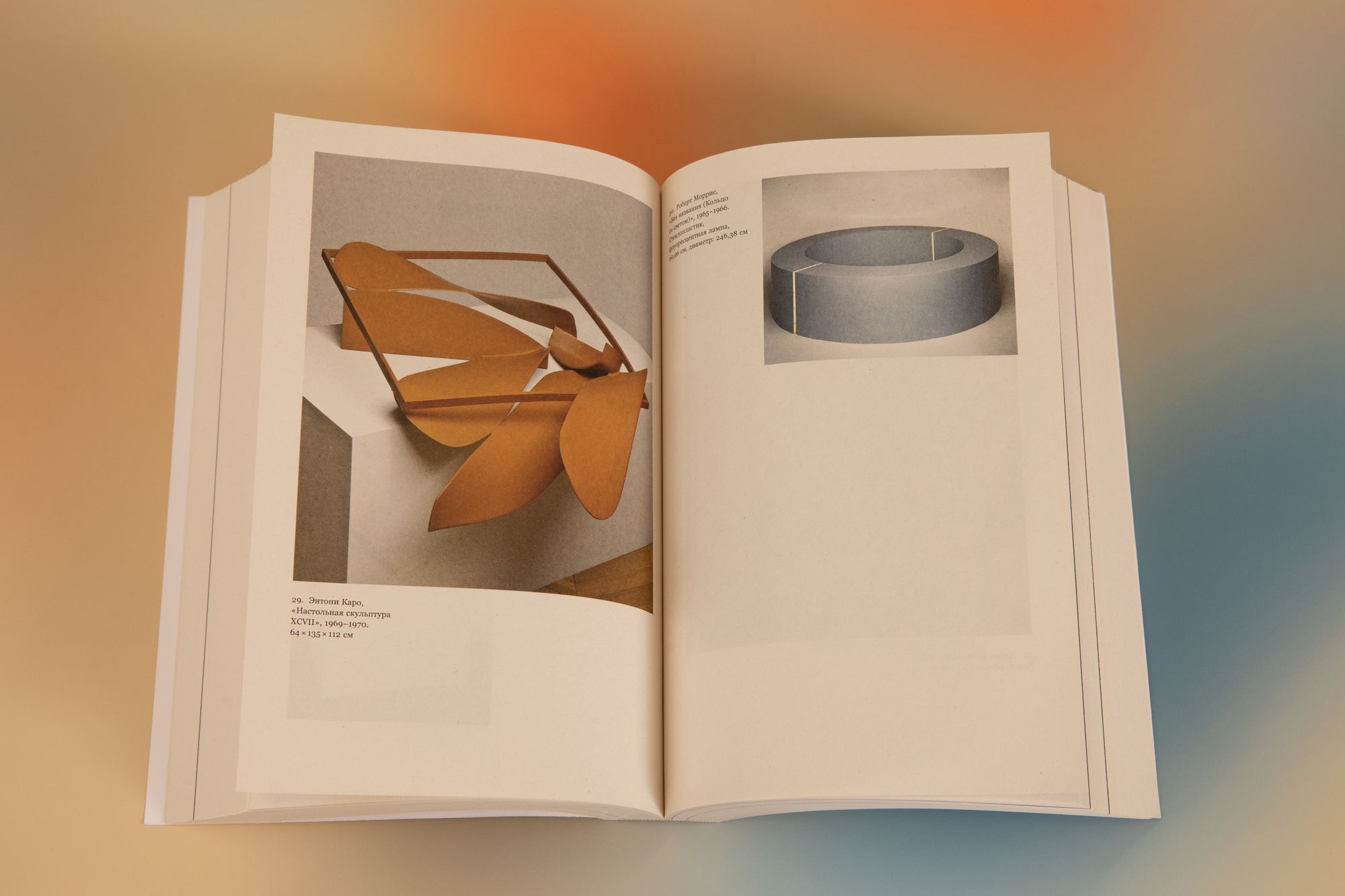
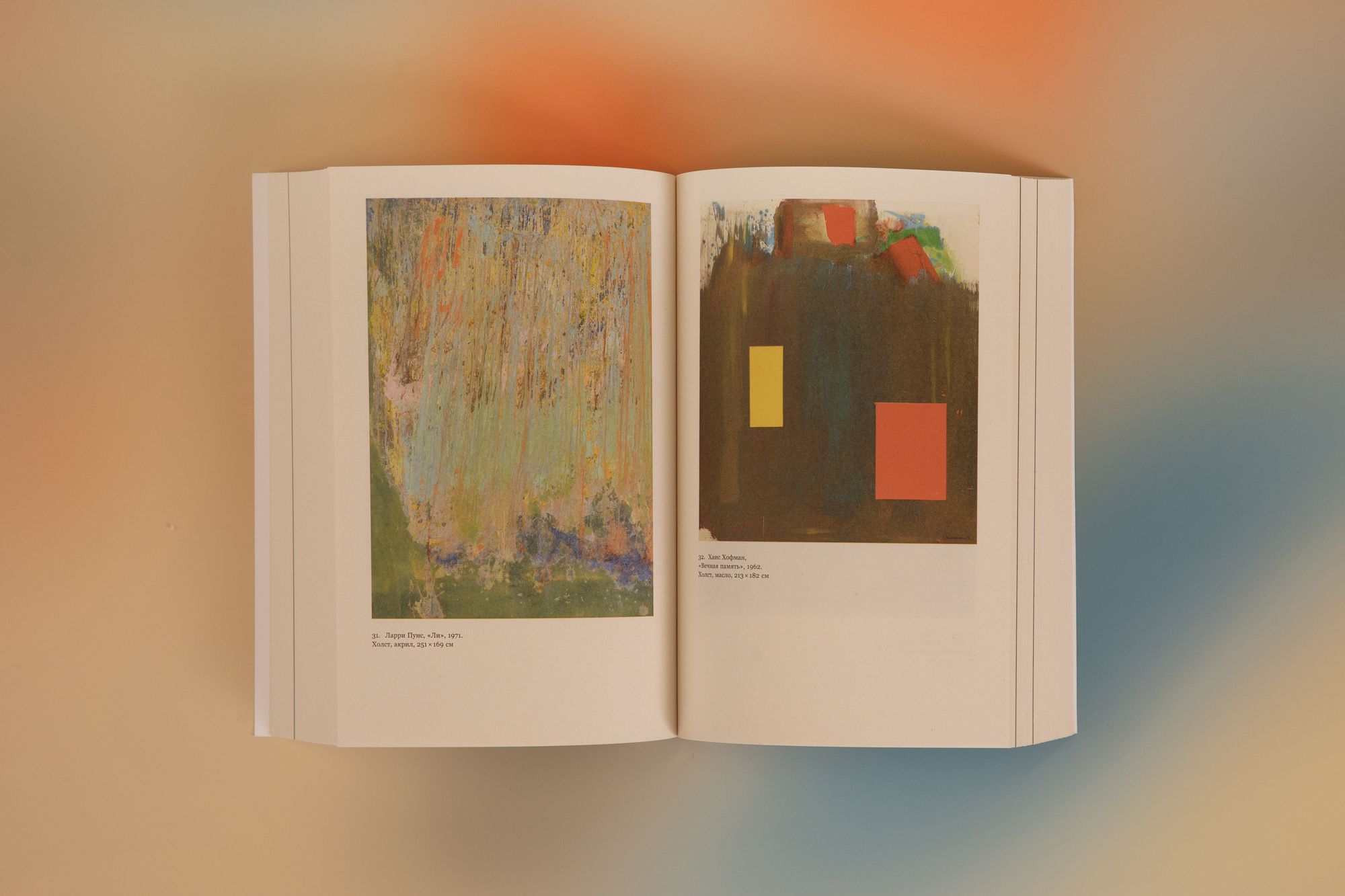
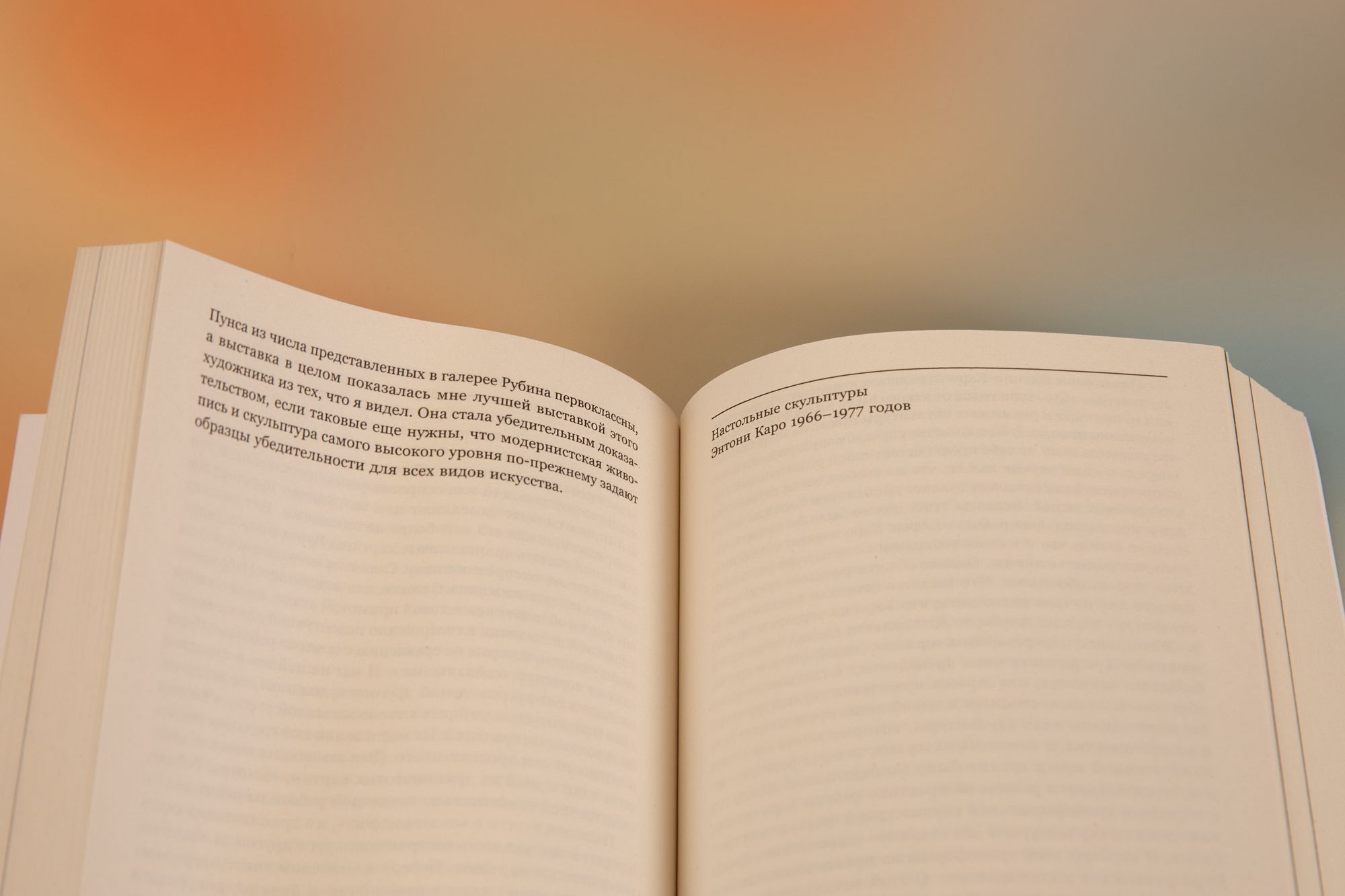
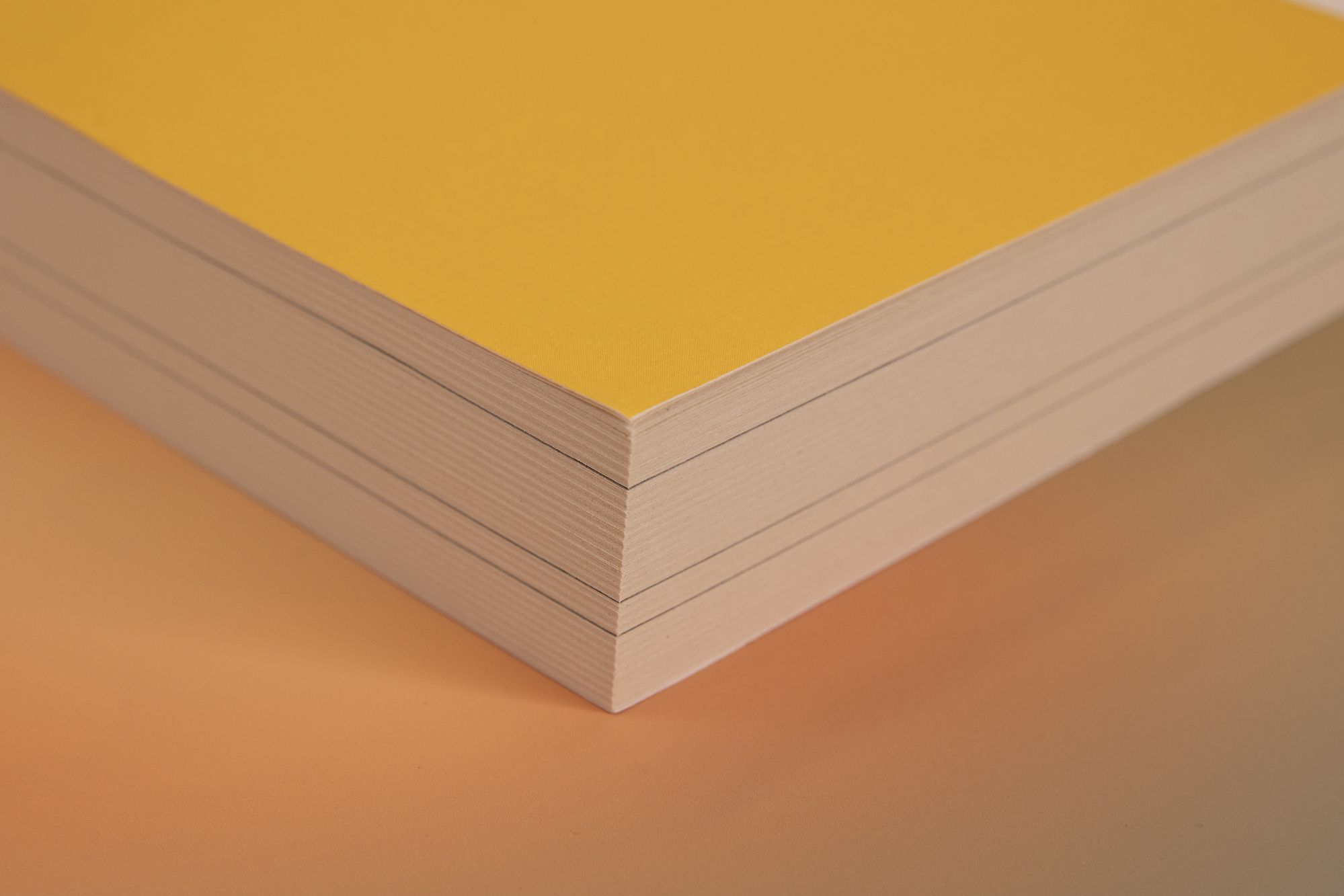
All photos: Ruslan Shavaleev
Michael Fried (b. 1939) is a professor at Johns Hopkins University, a member of the American Academy of Arts and Sciences and the American Philosophical Society. He is a distinguished art critic and historian, known for his influential writings on modernist art as well as for his numerous monographs on 16th and 17th painting.
Someone has merely to enter the room in which a literalist work has been placed to become that beholder, that audience of one—almost as though the work in question has been waiting for him. And inasmuch as literalist work depends on the beholder, is incomplete without him, it has been waiting for him. And once he is in the room the work refuses, obstinately, to let him alone—which is to say, it refuses to stop confronting him, distancing him, isolating him. (Such isolation is not solitude any more than such confrontation is communion.)
Fried argues that Minimalism—or “literalism, ” as he calls it—undermines the autonomy of art by stripping the work of its self-sufficiency. In his view, the minimalist object depends fundamentally on the viewer’s physical presence and experience in space and time. In contrast, he upholds the abstract work of modernist painters and sculptors as wholly present at every moment, rejecting duration in favor of immediacy.
The volume opens with a preface by the author, in which he outlines the core issues and themes of his art criticism and discusses the intentions and contexts behind the essays included in the book.
Translators
Ivan Aksenov
Andrey Fomenko
Editor
Andrey Fomenko
Design and layout
Ksenia Dubrovskaya
Roman Gornitsky